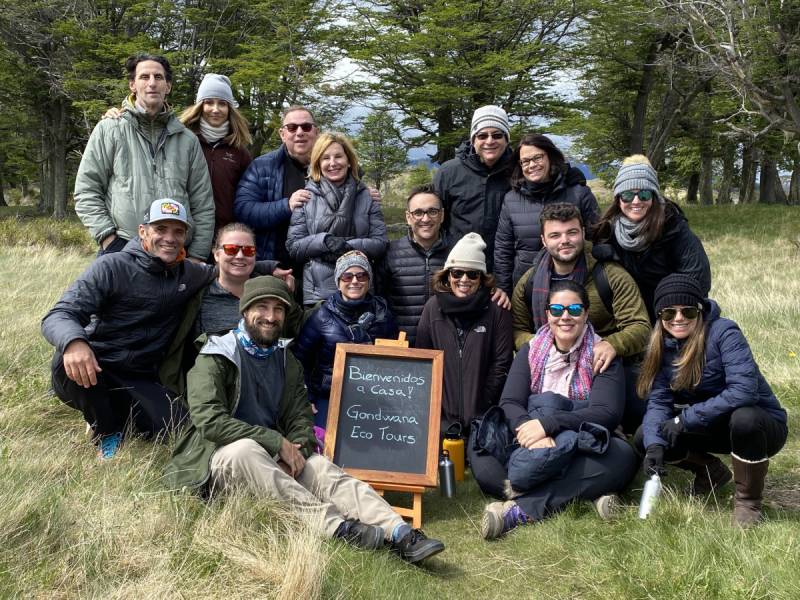Exceptional Aurora Borealis Viewing In Alaska
Download Travel Details >PRIVATE & SMALL GROUP TOURS TO THE WORLD'S BEST DESTINATIONS
Three Amazing Alaskan Vacations To Choose From!

What Are The Northern Lights?
The Northern Lights, also known as the Aurora Borealis, is a phenomenon that can be seen near the magnetic north pole in the northern hemisphere. For centuries, this mystical light display has fascinated humans. Myths grew up around the Northern Lights, and most recently, Aurora chasers flock to locations like Alaska’s Far North to catch a glimpse of this incredible light show on Aurora viewing tours.
What most people don’t know about this fascinating Northern Lights view is that it is in fact caused by activity on the surface of the Sun. Solar storms on the sun’s surface release huge clouds of electrically charged particles which travel millions of miles to the Earth’s surface, where they are captured in our planet’s magnetic field and funneled toward the North Pole. The result is a stunning array of colors dancing across the sky, delighting those Aurora viewing spectators below.
A Colorful Northern Lights View For All
The Northern Lights provide a dazzling array of colors depending on how active the Sun is. During Aurora Borealis viewing, it’s common to see green, red, purple, and blue. This is because different gasses in the Earth’s atmosphere give off different colors when heated. The heating occurs as the particles released from the sun collide with the Earth’s magnetic field.
- The most common Aurora color is green. Green auroras are produced when charged particles collide with oxygen molecules in the Earth’s atmosphere. The human eye is most sensitive to the green color spectrum, which also explains why this color is so commonly seen during Aurora viewing.
- Red auroras are seen less frequently during an Aurora Borealis viewing They will appear, however, when solar particles collide with oxygen at high altitudes. This is why they are seen most often at the higher edges of the display.
- Blue and purple auroras are the least common colors and tend to appear only during periods of high solar activity. These colors are produced when solar particles interact with nitrogen. Blue and purple are most visible toward the lower part of an Aurora display.
The Best Time For Aurora Viewing In Alaska
Alaska is one of the best places for Aurora viewing in the world! It’s one of the few places in the world where you won’t need a passport to see the Northern Lights, and there are plenty of other fun activities to experience when you aren’t on the hunt for the Aurora. Alaska’s Aurora Borealis viewing season lasts from late August to late April, but peaks in March. Prime viewing hours are between 10 p.m. and 2 a.m., so be prepared to stay up late, dress in layers, and be patient! Many Alaskan tour operators offer Northern Lights tours to get you away from the city to maximize your viewing experience.
Where Is The Best Place To See The Aurora In Alaska?
The undisputed capital of Northern Lights viewing in Alaska is Fairbanks. Fairbanks is a small city that can be found in the central part of the state and is located on the banks of the river of Tanana. The city sits at 65 degrees north latitude, which places it directly under the Aurora Oval – meaning Aurora activity is generally high in and around the city. For the best viewing opportunities, however, head outside the city to an rea where light pollution will not obscure your Aurora viewing activities.
Five Reasons To See The Northern Lights In Fairbanks
There are few natural phenomena in the world as mesmerizing and captivating as the Northern Lights. If you want to see this mesmerizing show firsthand, Fairbanks is an ideal destination. Here are five reasons why Fairbanks should be at the top of your list for Aurora Borealis viewing.
- Optimal viewing conditions - Fairbanks is located directly under the "Aurora Oval," a region known for its high frequency of Northern Lights displays. With minimal light pollution and relatively clear night skies, the Fairbanks area offers optimal conditions for witnessing this celestial light show.
- Extended viewing season - Unlike many other Northern Lights destinations, Fairbanks offers a long viewing season that lasts from early September to mid-April. This extended window gives you more choices to find the perfect time to view the Northern Lights.
- Short winter days - The dark winter months in Alaska’s Far North offer an extraordinary backdrop for Northern Lights viewing and photography. The skies are often pitch black, making the glow of the Aurora Borealis truly spectacular to behold!
- Unique accommodations for Northern Lights viewing – The areas just outside of Fairbanks are full of guest lodges and other unique accommodations that offer panoramic views of the night sky for Aurora chasers. Some offer guided tours or wake-up calls for those who want to head outside to search for the Aurora on their own.
- Exciting winter activities - Fairbanks offers an array of uniquely winter activities for tourists to participate in when they aren’t searching the skies for the Northern Lights. Experience the rush of dog sledding, take a walk with a reindeer, go ice fishing, take a snowmobile tour, or soak in natural hot springs while taking in a snowy landscape.
An Aurora Borealis Viewing Experience To Remember
Witnessing the Northern Lights near Fairbanks is an experience that will stay with you for a lifetime. Seeing the vibrant colors dance across the night sky is an experience that is hard to explain, but is magical to behold. Start planning your Aurora viewing adventure now, so that you don’t miss out on this thrilling natural phenomenon.


